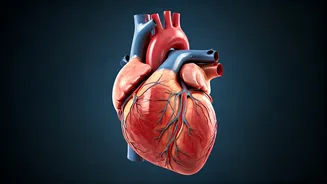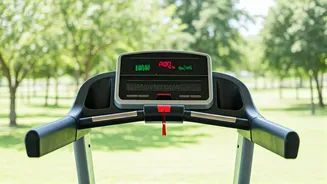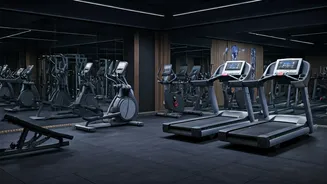Cardio's Blood Pressure Boost
Regular cardiovascular exercises are highly beneficial for managing and potentially reducing high blood pressure. Engaging in activities like brisk walking,
jogging, cycling, or swimming can help improve the efficiency of your heart and blood vessels. When you do cardio exercises, your heart becomes stronger and can pump blood with less effort, which decreases the pressure on your arteries. Consistent cardio exercise also helps to relax and widen blood vessels, allowing blood to flow more freely. Furthermore, these exercises assist in weight management, a critical factor in controlling blood pressure. It is important to remember, it is always advisable to consult a healthcare professional before starting any new exercise routine, especially if you have pre-existing health conditions.
Types Of Exercises
Several forms of cardio are particularly effective for blood pressure regulation. Brisk walking is an easily accessible and beneficial option; aim for at least 30 minutes most days of the week. Jogging and running are more intense activities that offer similar benefits, allowing for increased heart rate and improved cardiovascular function. Cycling, both outdoors and indoors on a stationary bike, can be a great way to elevate your heart rate while being gentle on the joints. Swimming is another excellent option, providing a full-body workout with minimal impact. Consider incorporating a mix of these activities to keep your routine interesting and challenge different muscle groups. This variety can help ensure you stay consistent with your exercise goals and experience the best outcomes for your blood pressure.
Exercise Frequency, Intensity
For optimal blood pressure management, the frequency, intensity, and duration of your exercise are crucial. The American Heart Association suggests aiming for at least 150 minutes of moderate-intensity aerobic exercise or 75 minutes of vigorous-intensity exercise each week. Moderate intensity means you should be able to talk but not sing during the activity, whereas vigorous intensity means you can only say a few words without pausing for breath. Spreading your exercise throughout the week in manageable chunks, such as 30-minute sessions five days a week, is often more sustainable than fewer, longer sessions. Gradually increase the intensity and duration of your workouts as your fitness level improves, but always listen to your body and take rest days when needed to prevent injuries and burnout. Consistent effort is key for lasting effects on blood pressure.
Monitoring Your Progress
Regular monitoring of your blood pressure is vital to track the effectiveness of your exercise regimen. Keep a record of your blood pressure readings, ideally taken at the same time each day, before and after your workouts. Share this data with your doctor, who can provide personalized guidance and adjust your treatment plan if necessary. Along with exercise, it is important to incorporate other healthy lifestyle habits, such as a balanced diet low in sodium, regular stress management techniques, and adequate sleep, to maximize the benefits and keep your blood pressure in check. Remember, consistency and a holistic approach are key to maintaining long-term heart health.
Beyond Cardio: Supplementing
While cardio is the cornerstone of blood pressure management, incorporating other forms of exercise can provide additional benefits. Strength training, such as weightlifting or bodyweight exercises, can help improve muscle mass, which aids in overall metabolic health and weight management, indirectly impacting blood pressure. Flexibility and balance exercises, like yoga or Pilates, can enhance your body's overall function and reduce stress levels, contributing to better cardiovascular health. Mixing up your workout routine with different types of exercises will keep things fun and prevent boredom. Ensure that you consult with a healthcare professional or a certified trainer to create a well-rounded exercise plan that suits your individual needs and health conditions.













